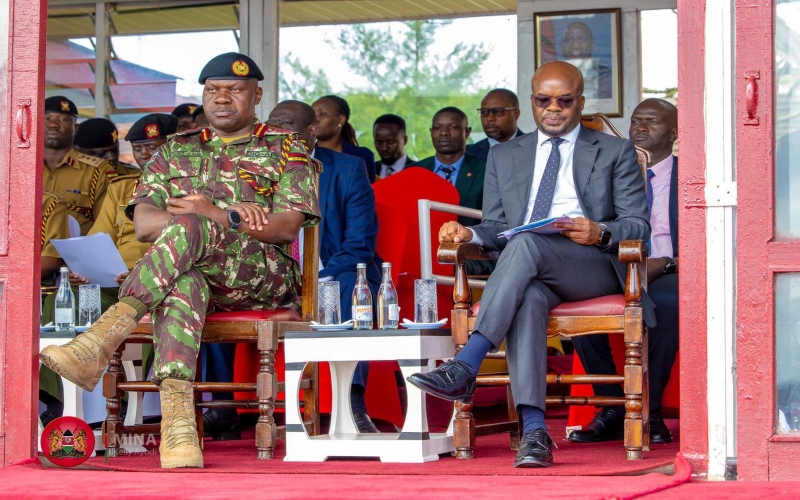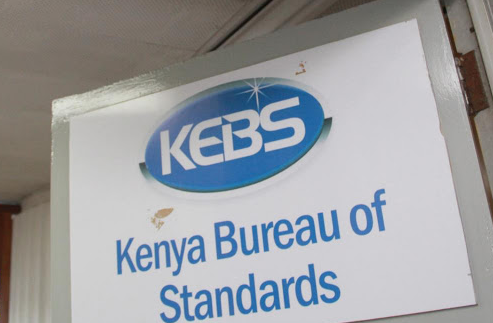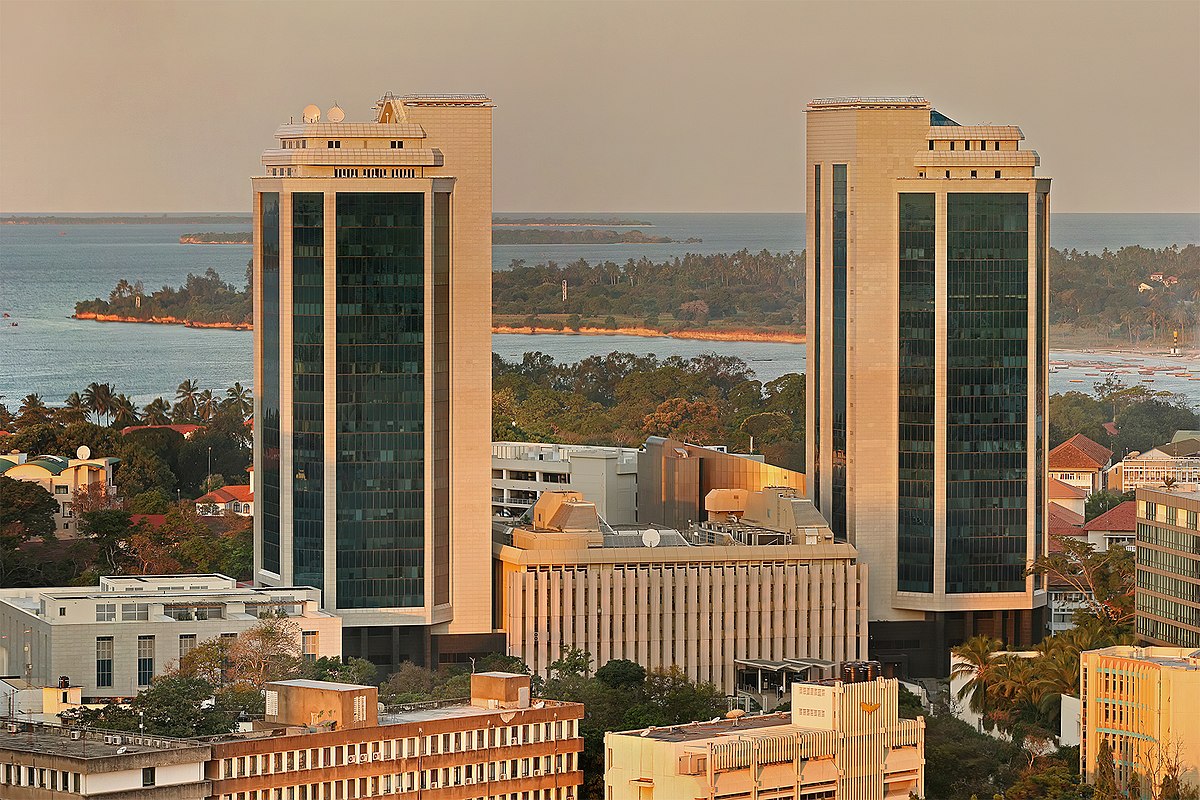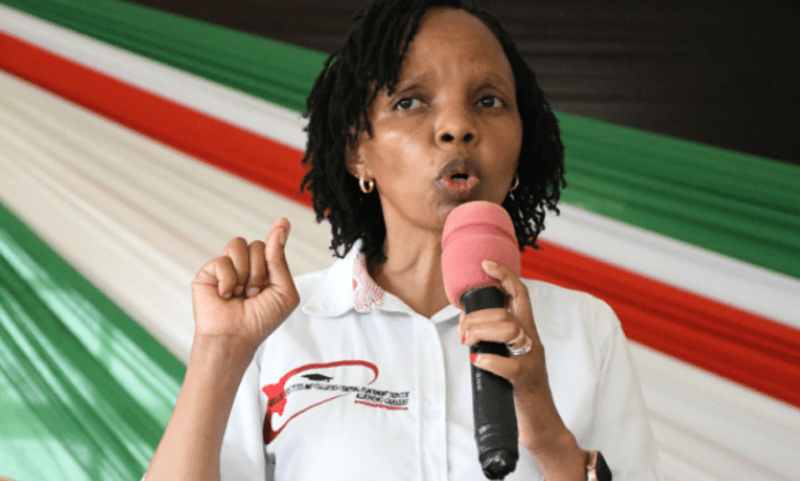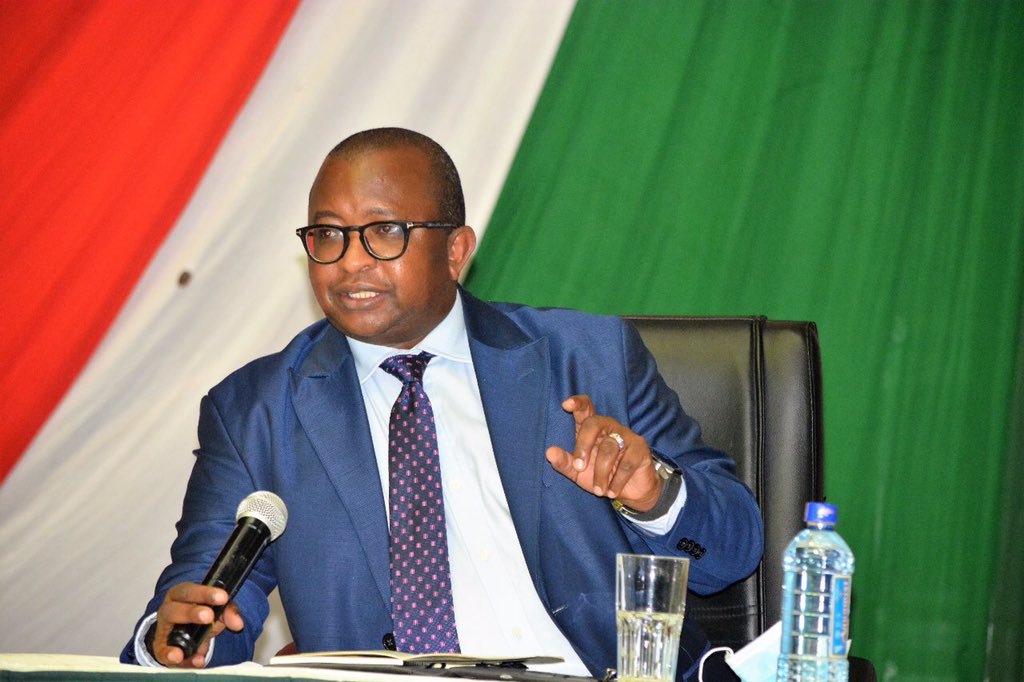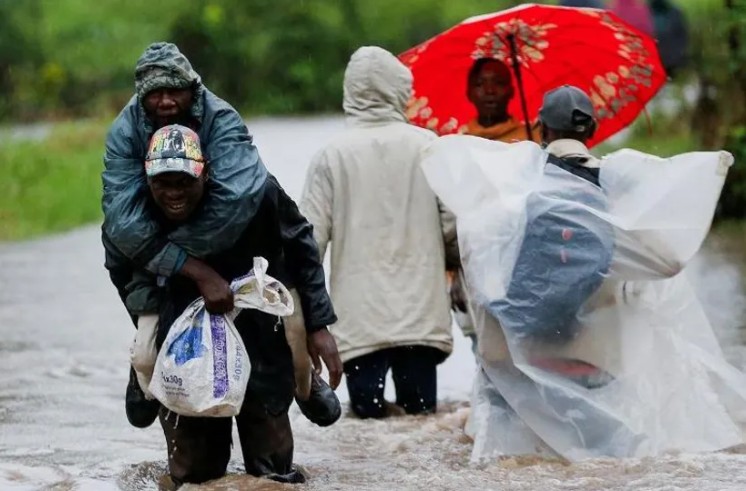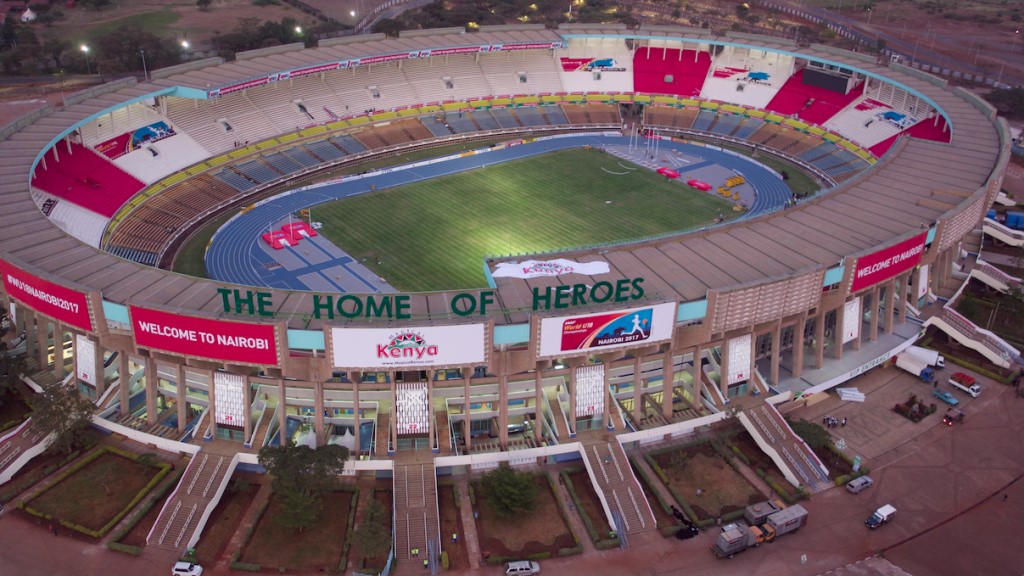Kenya unveils new manufacturing blueprint to double exports by 2028
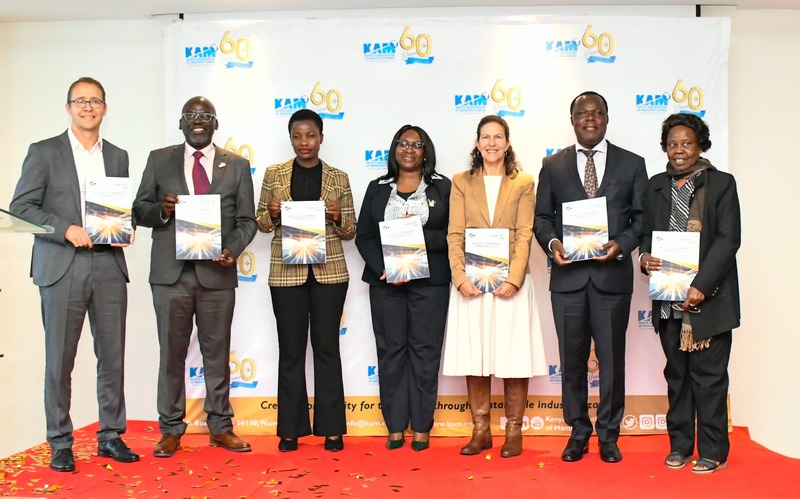
Spearheaded by the Kenya Association of Manufacturers (KAM) in partnership with the Ministry of Investments, Trade and Industry, the strategy seeks to address the barriers currently hindering Kenya’s export growth.
Kenya is seeking to boost its export potential by at least doubling its current share of processed exports over the next three years.
This ambition is backed by the launch of a two-year strategy aimed at enhancing the competitiveness of Kenyan exporters and cooperatives.
More To Read
- SMEs sound alarm over rising failure rates amid investment gaps
- Grade 10 textbook supply at risk as Sh11 billion debt stalls printing
- KAM CEO Tobias Alando warns instability in Tanzania threatens regional trade
- Kenya exports Sh50.87 billion worth of goods to US ahead of AGOA expiry
- Kenya among first to receive Ethiopian exports under historic AfCFTA launch
- Weak regulation, environmental crisis pose threat to Africa’s maritime growth - KMA
Spearheaded by the Kenya Association of Manufacturers (KAM) in partnership with the Ministry of Investments, Trade and Industry, the strategy seeks to address the barriers currently hindering Kenya’s export growth.
Dubbed the Route to Market (RTM) Strategy 2025–2027, the scheme strategically targets small and medium-sized enterprises (SMEs) and introduces five key pillars to tackle critical challenges and harness opportunities in the global market.
These pillars include: Market Entry & Diversification, which focuses on identifying high-potential markets and leveraging trade agreements; Compliance & Standards, aimed at streamlining certification processes and ensuring adherence to international requirements.
Others are Digital Preparedness & Trade Intelligence, which highlights the adoption of digital tools and e-commerce platforms; Financial Resilience, addressing financing gaps and risk mitigation; and Sustainability & Ethical Sourcing, promoting sustainable practices and responsible sourcing to align with global consumer expectations.
“Together, these pillars form a robust framework for driving Kenya’s export-led growth and economic transformation,” said KAM CEO Tobias Alando.
He added that the roadmap will incorporate collaborations with logistics providers and financial institutions to improve the efficiency of production and export operations.
Beyond boosting the country’s exports, KAM notes that the blueprint also aims to increase employment opportunities, particularly within rural cooperatives and Special Economic Zones (SEZs).
It further aims to significantly reduce export-related emissions by 2030, positioning Kenya as Africa’s leading exporter of carbon-neutral goods, the umbrella body added.
The strategy also seeks to reinforce Kenya’s role as a regional trade hub by capitalising on the African Continental Free Trade Area (AfCFTA) to expand market access.
Also speaking at the launch, State Department for Industry Principal Secretary Juma Mukhwana stressed the urgent need to enhance manufacturing both locally and across the continent.
“The African continent has a population of around 1.4 billion—17 per cent of the global population—but our share of manufactured products in the global market is only three per cent,” said Dr Mukhwana.
“So we’ve got 17 per cent of the world’s population producing just three per cent. Someone else is eating our cake.”
He underscored the disparity by pointing to intra-European trade, which accounts for 70 per cent of Europe’s total trade, compared to intra-African trade at just 15 per cent.
“We’re doing 85 per cent of our trade with others, and all indicators show that we are alarmingly close to the bottom,” he said.
Top Stories Today



